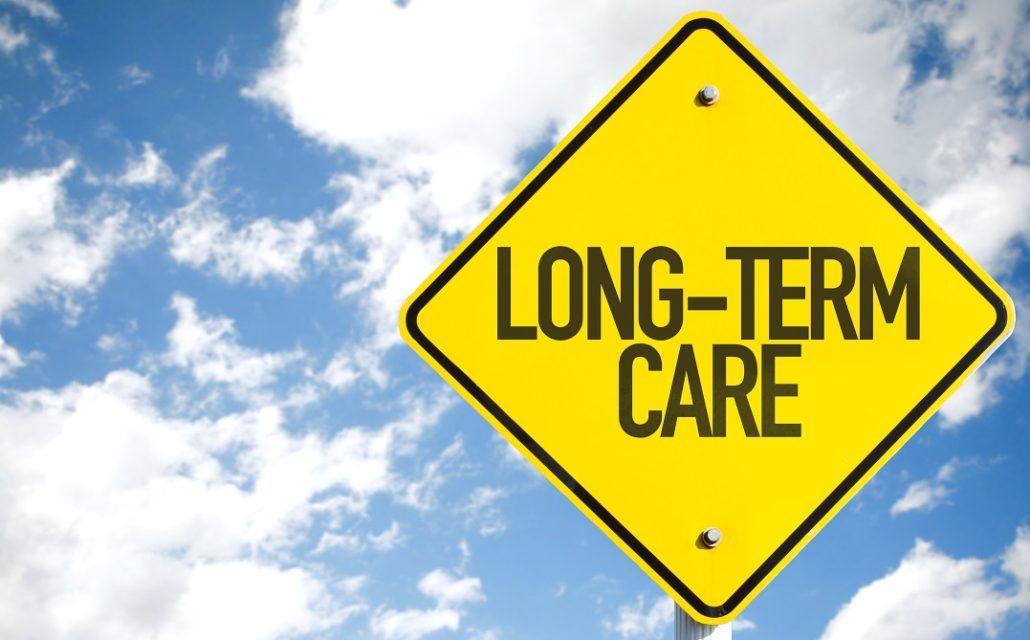Authors of a recent publication in The Journal of the American Medical Association concluded that 25 percent of spending in the U.S. health care system was a waste. (here) They reviewed 54 studies published from 2012 to 2019 and categorized 71 estimates into six specific areas of waste:
- Failure of care delivery.
- Failure of care co-ordination.
- Overtreatment or low value care.
- Pricing failure.
- Fraud and abuse.
- Administrative complexity.
Each estimate was referenced to 2019 dollars when assigned to one of the six areas of waste. Because estimates were not uniform across all 54 studies, the authors established a range of spending for each area.
The overall waste was estimated to range from $760 billion to $935 billion, or approximately 25 percent of the $3.5 trillion spent last year on health care in the United States. The largest wasteful spending area was administrative complexity ($266 billion), which alone accounted for 25 percent of waste.
Advocates of a single-payer health care system in the U.S. argue that administering a socialized plan and eliminating private insurance would be much simpler and less costly than the current system. Yet, as the chart below shows, it is the government and bureaucratic regulations that have made health care administration so complex and expensive.

Over a 35 year period, the number of physicians rose gradually in proportion to the overall population growth. The number of non-provider administrators, however, increased by over 3,000 percent in response to government regulations. There is no reason to believe a totally nationalized health care system would abolish these regulations – in fact, more government always means more mandates that would require more costly administrators.
The second largest wasteful spending area the authors identified was pricing failure ($231 billion to $240 billion or approximately 20 percent of waste). This relates directly to perceived overcharging by drug manufacturers, health insurance companies, and providers. Pundits argue that “greed” drives the current health care system and that the profit motive and the fee-for-service interaction between doctor and patient are bad. (here)
However, this is backwards economic thinking. It is the profit motive that drives innovation, competition, and lower prices in every other economic area. From computers to automobiles to airline travel, the profit motive has benefited the consumer. Plus, everyone accepts the fact that other professionals, such as lawyers, architects, and auto mechanics, charge a specific fee for a specific service.
Health care is unfortunately different than virtually every other economic activity. With health care, someone else, a disinterested third party, pays for over 80 percent of care in the United States. Consequently, there is no consumerism on the part of patients. They are not spending their own money and are not price sensitive. Plus, providers have limited incentive to publish prices, which compounds the problem of limited consumerism.
Single-payer advocates look at the six area of waste and argue that a centrally-planned, government-run program would eliminate this waste. If only bureaucrats could run the system, spending would be controlled. The reality is that health care would then be rationed through waiting lists and procedure-denials.
Americans have experienced more government involvement and have found skyrocketing costs and decreasing access to health care. It is time to allow the free market to work, allow patients to control their own health care dollars, and with their providers, make their own health care decisions. (here)






